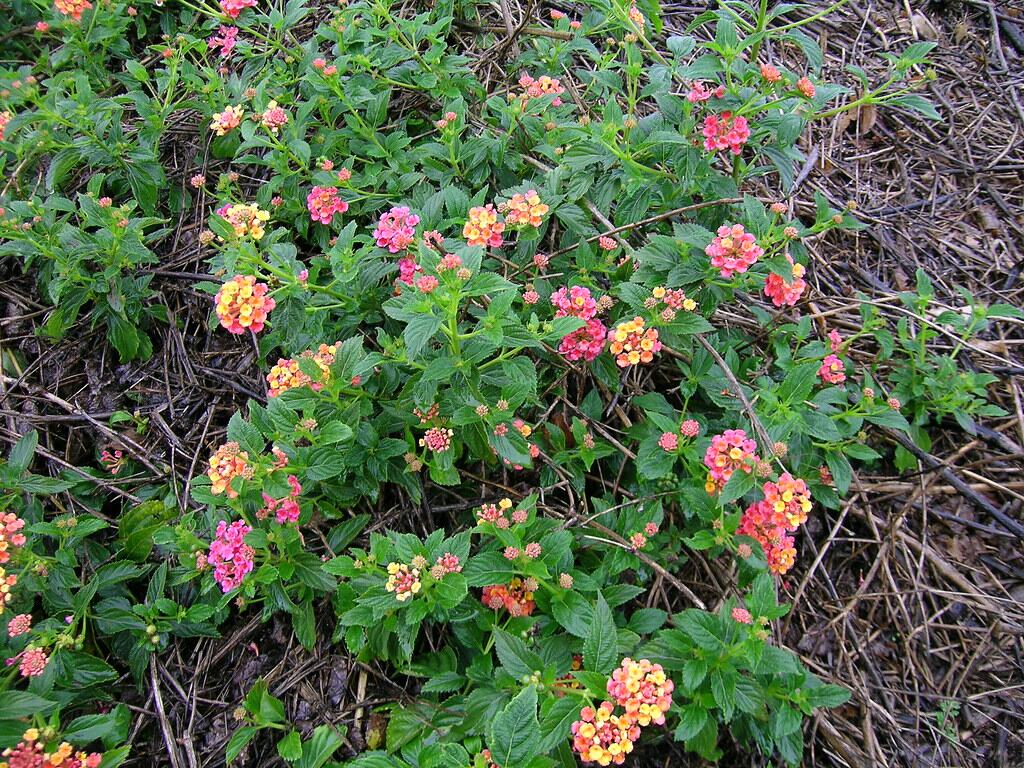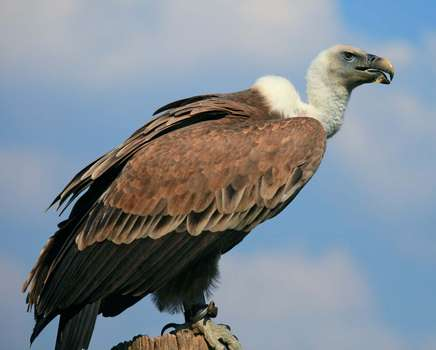Biodiversity & Environment
Campaign to Remove Lantana: Rajasthan
- 29 Sep 2020
- 3 min read
Why in News
A special drive to uproot the invasive Lantana bushes in the Sajjangarh Wildlife Sanctuary in Rajasthan’s Udaipur district has been carried out along with the plantation of native species on the cleared patches of land.
- This has helped in ecological restoration of grasslands and saved biodiversity.
Key Points
- Lantana:
- Lantana camara is a small perennial shrub, which forms extensive, dense and impenetrable thickets.
- It is native to Central and South America.
- It is an invasive species which was introduced in tropical regions as an ornamental plant (introduced in India in 1807).
- It is generally deleterious to biodiversity and is an agricultural weed.
- Impact:
- The thickets covered vast tracts of land, stopping the natural light and nutrition for other flora and fauna.
- The toxic substance in its foliage and ripe berries affected the animals.
- With the herbivores not getting sufficient forage, the prey base for carnivorous animals was declining, leading to ecological disturbances in the food chain.
- It has also invaded other wildlife reserves, river banks and the Project Tiger areas.
- In some regions, the plant has invaded pastures and shrunk the cattle grazing areas, affecting the livelihood of villagers.
- Sajjangarh Wildlife Sanctuary:
- Location: Udaipur (Rajasthan)
- History: It is a part of Sajjangarh Palace (also known as Monsoon Palace) built in 1884.
- The Palace derived its name from Maharana Sajjan Singh, one of the rulers of the Mewar dynasty.
- Area: 5.19 sq. Km

- Flora and Fauna: Animals like chitals, panthers, hares, blue bulls (Nilgais), jackals, wild boars, hyenas, and sambhar.
- More than 279 Plant Species.
- Famous for Long-billed vulture, commonly known as the Indian vulture.
- Scientific Name: Gyps indicus
- IUCN Red List Status: Critically Endangered
- CITES Status: Appendix II
- Wild Life (Protection) Act, 1972 Status: Schedule I
Invasive Species
- An invasive species is an organism that is not indigenous, or native, to a particular area and causes harm.
- They are capable of causing extinctions of native plants and animals, reducing biodiversity, competing with native organisms for limited resources, and altering habitats.
- They can be introduced to an area by ship ballast water, accidental release, and most often, by humans.






